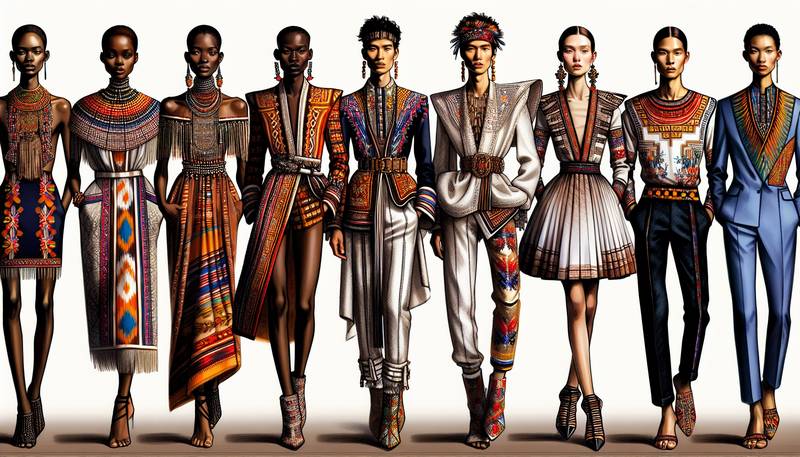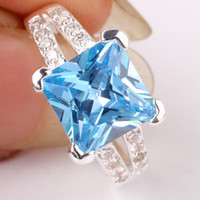A Look at Indigenous Influence on Fashion

Where Tradition Meets TrendImagine a world where the latest runway shows feature intricate beadwork that tells a story or a jacket lined with traditional prints that could impress even the most discerning fashion critics. Welcome to the delightful intersection of indigenous craftsmanship and contemporary fashion. Here, creativity flourishes, and traditions take a stroll down the catwalk, often with a pair of ironed slacks and designer shoes. For centuries, indigenous peoples have expressed their identities, histories, and connection to nature through their garments. In a twist of fate (and perhaps styles), these authentic designs have not only captured the hearts of fashionistas but also sparked a cultural renaissance. It’s a case of ‘fashionably late’ to the party—where everyone shows up in outfits inspired by heritage they didn’t know they had. Threads That SpeakWhen it comes to indigenous fashion, every piece has a narrative, often more riveting than a plot twist in a soap opera. Take the vibrant patterns and bold colors used in the textiles—these aren’t just random splashes of paint. They represent the flora, fauna, and folklore of various indigenous communities. Designers are channeling these motifs, creating modern pieces that not only turn heads but also educate. It’s like being handed a manual while you’re trying to assemble IKEA furniture, except this manual is in the form of a stunning scarf that explains hundreds of years of culture. Those who wear them don’t just sport a fabulous look; they become walking billboards for stories and traditions.Fusing Old with NewThe new wave of designers is all about remixing traditional elements with cutting-edge style. It’s a bit like throwing a barbecue party and inviting both grandma’s secret recipes and trendy food trucks. The outcome? Unexpectedly delicious results. ★ Contemporary cuts meet historical designs. Imagine a sleek, modern dress adorned with indigenous patterns. ★ Eco-friendly materials from traditional practices. Sustainability is all the rage, and indigenous communities have been eco-conscious long before it was trendy; it’s practically second nature.★ Accessories that hold rich stories. From earrings to bags, each piece can be a conversation starter, especially when someone asks, “What inspired that design?” You can respond with a tale of ancient mythology—bonus points if you can do it dramatically.But this intersection isn’t all sunshine and rainbows. The appropriation of indigenous patterns and practices without acknowledgment can turn a vibrant celebration into a cringeworthy faux pas. Once, a major clothing brand released a line that borrowed heavily from indigenous designs. The backlash was as fierce as a hungry cat eyeing a laser pointer. It’s a reminder that with great fashion, comes great responsibility.Celebrating AuthenticityFor many indigenous designers, the aim is not just to sell clothing but to celebrate and preserve their heritage. Brands like Odeya and Kaneana focus on authenticity, ensuring that their collections reflect cultural significance and ethical craftsmanship. The goal isn’t just to look good but to foster a genuine connection to the stories and traditions that inspired each piece. In a world where fast fashion reigns supreme, these designers advocate for a slower, more thoughtful approach. Think of it as the tortoise and the hare, but in this story, the tortoise is wearing a custom-made shawl, and it definitely isn’t rushing. Crafting a New PathThe influence of indigenous fashion is not merely a passing trend; it’s a fundamental shift in how we perceive and appreciate clothing. As more people become aware of its significance, there’s a growing appreciation for the artistry involved. Educated consumers want to know where their clothes come from, much like how you’d never buy a cake without knowing its origin—unless, of course, it’s from a magical bakery. Fashion weeks around the globe are increasingly integrating indigenous designers into their rosters. It’s a powerful statement that resonates with audiences; it’s not just about “what’s hot” but about “what matters.” Stitching Together CulturesAs we don our favorite outfits inspired by indigenous designs, let’s remember the stories woven into each fabric. Supporting these artists means participating in a dialogue about culture, history, and sustainability. When it comes to fashion, it’s not just about looking good—it’s about feeling good and knowing that the clothes you wear carry a heartbeat of their own. They tell a tale of resilience, creativity, and identity. So, if you’re feeling snazzy and fashion-forward, just remember: in this colorful world of clothing, you’re not just wearing a piece; you’re donning a story. And the more stories we share, the richer our wardrobe becomes!
|
|








